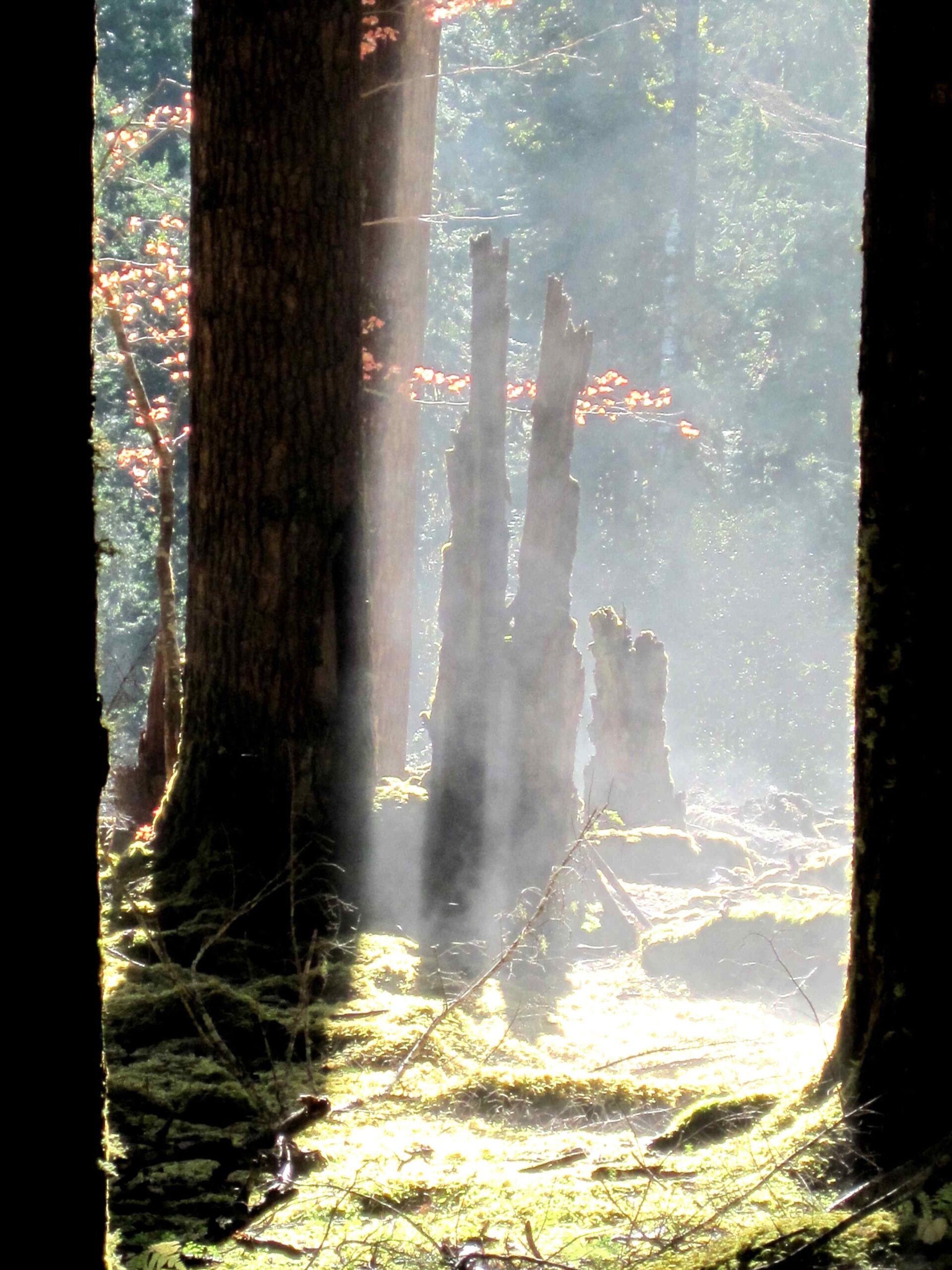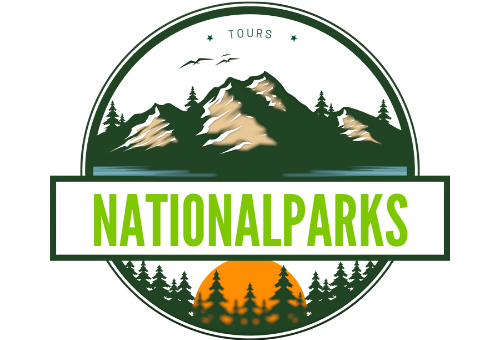Olympic National Park, renowned for its diverse landscapes, features stunning cliffs along its coastline and within its mountainous interior. These cliffs offer breathtaking views, challenging hikes, and unique geological formations. From the rugged coastal cliffs shaped by the Pacific Ocean to the towering mountain ridges, Olympic National Park’s cliffs provide visitors with awe-inspiring experiences and opportunities for adventure.
What Are the Most Notable Cliff Trails in Olympic National Park?

While Olympic National Park is not primarily known for traditional cliff trails, it offers several hiking routes that feature significant elevation gains and cliffside views. Here are some of the most notable trails:
- Klahhane Ridge Trail
- Length: 5 miles roundtrip
- Elevation Gain: 1,700 feet
- Difficulty: Moderate to Difficult
-
Features: Panoramic views of Olympic Mountains and Strait of Juan de Fuca
-
Mount Storm King Trail
- Length: 4.1 miles roundtrip
- Elevation Gain: 2,000 feet
- Difficulty: Hard
-
Features: Steep climb with views of Lake Quinault
-
High Divide / Seven Lakes Basin Trail
- Length: 19 miles roundtrip
- Elevation Gain: 4,000 feet
- Difficulty: Very Difficult
- Features: Subalpine views, vistas of Mount Olympus and Seven Lakes Basin
These trails offer varying degrees of difficulty and showcase the park’s diverse landscapes, from coastal vistas to alpine meadows.
Where Are the Best Cliffside Viewpoints in Olympic National Park?

Olympic National Park boasts several stunning cliffside viewpoints that offer panoramic vistas of the surrounding landscapes. Here are some of the best:
- Hurricane Ridge
- Location: 17 miles south of Port Angeles
- GPS Coordinates: 47.9953° N, 123.4917° W
- Accessibility: Open year-round, limited access in winter
-
Views: Olympic Mountains, Strait of Juan de Fuca
-
Klahhane Ridge
- Location: Connected to Hurricane Ridge
- GPS Coordinates: 47.9733° N, 123.4843° W
- Accessibility: Trailhead at Switchback Trailhead along Hurricane Ridge Road
-
Views: Olympic Mountains, Strait of Juan de Fuca
-
Mount Storm King
- Location: Near Lake Quinault
- GPS Coordinates: 47.8733° N, 123.8467° W
- Accessibility: Trailhead at Lake Quinault Visitor Center Parking Lot
- Views: Lake Quinault, surrounding mountains
These viewpoints offer visitors the chance to experience the park’s dramatic landscapes from elevated perspectives.
Are There Cliff Climbing Opportunities in Olympic National Park?
Olympic National Park does not have well-documented or officially sanctioned cliff climbing routes. Climbing activities in the park are generally limited due to environmental and safety concerns. Here’s what visitors should know:
- Permits and Regulations: Any climbing or mountaineering activities require special permits and adherence to strict safety regulations.
- Guided Tours: There are no official guided climbing tours or climbing schools within Olympic National Park.
- Environmental Protection: Climbing activities are typically discouraged to protect the park’s fragile ecosystems.
Visitors interested in climbing should consult with park rangers for the most up-to-date information on permitted activities and safety guidelines.
What Are the Unique Features of Olympic National Park’s Coastal Cliffs?
The coastal cliffs of Olympic National Park are a testament to the power of geological forces and oceanic erosion. Here’s what makes them unique:
Geological Formation
- Composition: Sedimentary and volcanic rocks
- Age: Shaped over millions of years by erosion
Notable Coastal Cliff Areas
- Rialto Beach
- Feature: Hole-in-the-Wall formation
- GPS Coordinates: 47.9533° N, 124.6333° W
-
Access: Short, flat trail to coastal cliffs
-
Ruby Beach
- Feature: Sea stacks and coastal cliffs
- GPS Coordinates: 47.7167° N, 124.4333° W
- Access: Parking available near beach access point
Seasonal Considerations
- Tides: Access to some areas affected by high tides
- Weather: Coastal areas subject to strong winds and rain
Visitors should check tide tables and weather forecasts before exploring these coastal areas.
How Can Visitors Safely Explore Olympic National Park’s Cliffs?
Safety is paramount when exploring the cliffs of Olympic National Park. Here are some essential tips:
- Stay on designated trails
- Wear appropriate footwear with good traction
- Carry plenty of water and snacks
- Check weather forecasts before heading out
- Inform someone of your hiking plans
- Carry a map and compass or GPS device
- Be aware of wildlife and keep a safe distance
- Follow Leave No Trace principles
By adhering to these guidelines, visitors can safely enjoy the park’s stunning cliff views and trails.
What Is the Best Time to Visit Olympic National Park’s Cliffs?
The best time to visit Olympic National Park’s cliffs depends on the specific area and your preferences:
| Season | Pros | Cons |
|---|---|---|
| Spring | Wildflowers blooming, fewer crowds | Unpredictable weather, some trails may be muddy |
| Summer | Warm temperatures, long daylight hours | Peak crowds, limited accommodation availability |
| Fall | Beautiful foliage, fewer crowds | Cooler temperatures, increased chance of rain |
| Winter | Snow-covered landscapes, solitude | Limited access to some areas, cold temperatures |
For most visitors, late spring through early fall offers the best combination of accessibility and pleasant weather for exploring the park’s cliffs and trails.
Olympic National Park’s cliffs offer visitors a chance to experience the raw beauty of the Pacific Northwest. From coastal formations shaped by the relentless Pacific Ocean to towering mountain ridges, these cliffs provide a diverse range of experiences for hikers, nature enthusiasts, and photographers alike. By respecting the park’s regulations and practicing safe hiking techniques, visitors can create lasting memories among some of the most spectacular landscapes in the United States.
References:
1. https://wildlandtrekking.com/olympic-visitor-guide/visiting-olympic-in-the-spring/
2. https://wheatlesswanderlust.com/best-hikes-olympic-national-park/
3. https://explorenborgen.com/beach-hikes-in-olympic-national-park/

